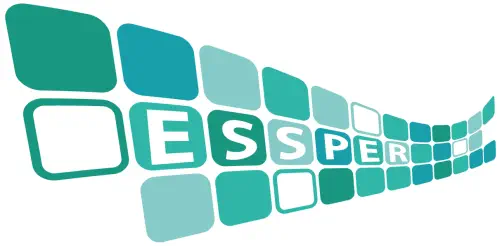Associazione ESSPER
periodici italiani di economia, scienze sociali e storia
periodici italiani di economia, scienze sociali e storia

Risultato della ricerca: (17 titoli )
| Iconicity: A Category for Social and Cultural Theory |
Sociologica - 2015
| Modes of Seeing, or, Iconicity as Explanatory Notion: Cultural Research and Criticism After the Iconic Turn in Social Sciences |
Sociologica - 2015
| Icons, Iconicity, and Cultural Critique |
Sociologica - 2015
| Twilight of the Icons, or, How to Sociologize with Visibility |
Sociologica - 2015
| Iconic Photographs in the Newsroom: An Ethnography of Visual News-making in Italy and France |
Sociologica - 2015
| How Does Humanitarian Visuality Work? A Conceptual Toolkit for a Sociology of Iconic Suffering |
Sociologica - 2015
| Apple's Iconicity: Digital Society, Consumer Culture and the Iconic Power of Technology |
Sociologica - 2015
| Afterword: The Strong Program and the Iconic Turn |
Sociologica - 2015
| Icons, Intensity and Idiocy: A Comment on the Symposium |
Sociologica - 2015
| The Continued Relevance of the Icon: A Comment on the Symposium |
Sociologica - 2015
| Archie Brown, "The Myth of the Strong Leader. Political Leadership in the Modern Age". New York: Basic Books, 2014, 480 pp. |
Sociologica - 2015
| Neil Fligstein and Doug McAdam, "A Theory of Fields". New York: Oxford University Press, 2012, 238 pp. |
Sociologica - 2015
| Thomas Janoski, David Luke and Christopher Oliver, "The Causes of Structural Unemployment". Cambridge: Polity Press, 2014, 224 pp. |
Sociologica - 2015
| Rob Shields, "Spatial Questions. Cultural Topologies and Social Spatialisations". Los Angeles, London: Routledge, 2013, 216 pp. |
Sociologica - 2015
| Sara Wakefield and Christopher Wildeman, "Children of the Prison Boom. Mass Incarceration and the Future of American Inequality". New York: Oxford University Press, 2014, 248 pp. |
Sociologica - 2015
| Michael Wyness, "Childhood". Cambridge: Polity Press, 2015, 210 pp. |
Sociologica - 2015
| Rob Shields, "Spatial Questions. Cultural Topologies and Social Spatialisations". Los Angeles, London: Sage, 2013, 216 pp. |
Sociologica - 2015
